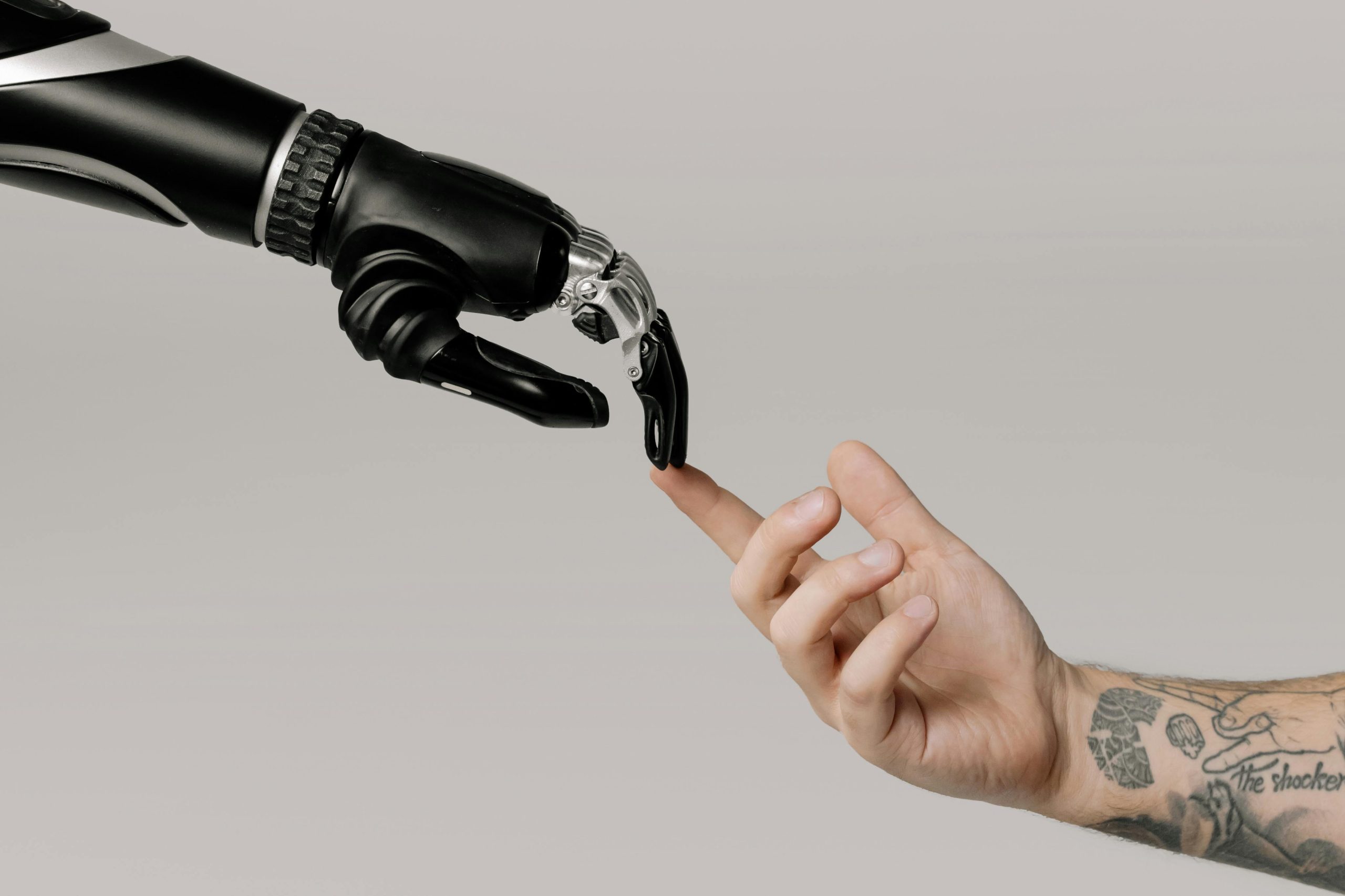In partnership with Toshiba, industry data juggernaut Incisiv recently released its 2024 State of the Industry Innovation in Retail report. The report features key findings and analysis from over 130 North American retailers and over 100 from Latin America, and the name of the game in 2024 remains TECHNOLOGY.
Like many industries, AI has totally disrupted what’s feasible in food and beverage, yet fostering a culture of innovation requires more than just implementing the latest technology in the fastest way possible; it means effectively implementing reasonable tools to augment tried-and-true strategies for every brand and retailer, playing to strengths rather than expecting more customers, more purchases, and more revenue than by merely buying into the latest and greatest AI tools available.
Key highlights from the report include:
- An industry-agnostic approach to innovation benchmarking; only 3% of North American retailers see themselves as leading technology firms and digital native brands.
- Many retailers lack a clear execution plan for innovation strategies; just 22% of North American retailers and 18% of LatAm retailers have dedicated innovation teams.
- Better integration of digital opportunities combined with brick-and-mortar sales and service is key; different regional markets have wildly different needs and customer demographics.
- AI is ascendant; over 80% of U.S. and Canadian retailers and 67% of LatAm ones are scaling or exploring AI investments.
The proliferation of the omnichannel across many industries means that retailers are no longer just competing against each other; they’re competing against quite literally everything, from TikTok Shop to foreign brands looping into their normal customers’ algorithms.
The report notes that advertising giants such as Apple and Disney blend the digital and physical experiences so well that the channels disappear “and only the experience remains.”
For progressive operators, this should be the goal and not merely the threat. Meanwhile, as lower barriers to entry (ie, products in front of consumers) spawn swift and nimble competitors, many retailers “must strengthen their value propositions by innovating new experiences and services.”
This gap is most easily seen as 17% of retailers consider themselves leaders among their direct peers, however, only 3% place themselves on par with the tech giants. And as tech has come to retail, restaurant, grocery, and all other realms of food and beverage, learning which technology will help capture, keep, and encourage loyalty among consumers will be key to merely keeping pace with the other tech giants out there.
To do so, the report stresses how critical committed leadership is in today’s cutthroat world of retail. A committed leader has the ability to empower teams without micromanagement; accelerate the right technology adoption without wasting valuable resources on ineffective solutions; and nurture a culture of open communication among not only associates but consumers as well.
The report describes this last phenomena as “a clear pathway to innovation execution,” and it’s a major hurdle for many companies trying to swim with the rapidly changing technological current. Defining a clear execution path to implement real-world strategies and change “should be amongst the top priorities for retailers currently lagging behind their peers.”
Just 38% of retailers in the U.S. and Canada regard innovation as an integrated, cross-functional, interdepartmental process. That number shrinks to 19% in Latin America. Even fewer have a dedicated innovation team – 22% in the former, 18% in the latter.
The retail and grocery spaces have not been known as highly nimble, progressive, and even modular spaces to suit the needs of the market and their consumers, but with Walmart’s recent acquisition of Vizio (and its subsequent 20% share of the American media market), the time is rapidly approaching to assess how to compete with the media-driven juggernauts of the industry such as Walmart, Amazon, and even Target. The report notes that almost half of retailers in the U.S. and Canada show low maturity in configuring physical store experiences to coincide and complement the digital one, largely due to poor proprietary hardware in the store.
Suggestions to improve the in-store experience include:
- Streamline complex supply chain management to optimize inventory for regional demands
- Prioritize strategies to adapt customer experiences and business models to their specific operational contexts (in other words, play to your strengths instead of starting or scaling from scratch).
- Embrace the technology and processes that allow this level of specificity and adaptability to distinguish oneself in a competitive market.
Parsing AI in Retail
What more can be said about the critical emergence and lightspeed evolution of artificial intelligence (AI)?
In less than two years, the emergence of ChatGPT’s generative AI has led to OpenAI’s CEO being hailed as the next visionary of the 21st century; his ouster by the board from his own company; his subsequent reinstatement; and a plethora of AI installations, implementations, and hacks from Microsoft’s CoPilot to Amazon’s Rufus to the just-released text-to-video creative capabilities from the ChatGPT, the OG in AI.
From number-crunching untold volumes of data to helping streamline inventory, supply chain, and predictive market trends, there is no digital limit to what AI can help operators achieve. Per the report, however, just 49% of U.S. and Canadian retailers are scaling their plans for AI; 34% are currently “exploring options.” Those numbers dwindle to 22% and 45% in Latin America, respectively.
In the report, generative AI is most notable as having “the highest exploratory interest amongst the various types of artificial intelligence,” as seen in many industries for its ability to revolutionize product recommendations, content personalization, customer service experiences, and optimizing store layout.
Still, just 66% of U.S. and 38% of Latin American retailers are actively exploring AI. For the transformative (and revenue-inducing) potential it holds, those numbers seem awfully low.
Is every strategy listed in the report a guarantor of success? Certainly not. But as go the big players often goes the market.
And as the youths say, “Get in, loser – we’re going shopping.” Where and how they’ll do so may depend upon how effective their local stores, retailers, and grocers can harness some of this mind-blowing technology.










